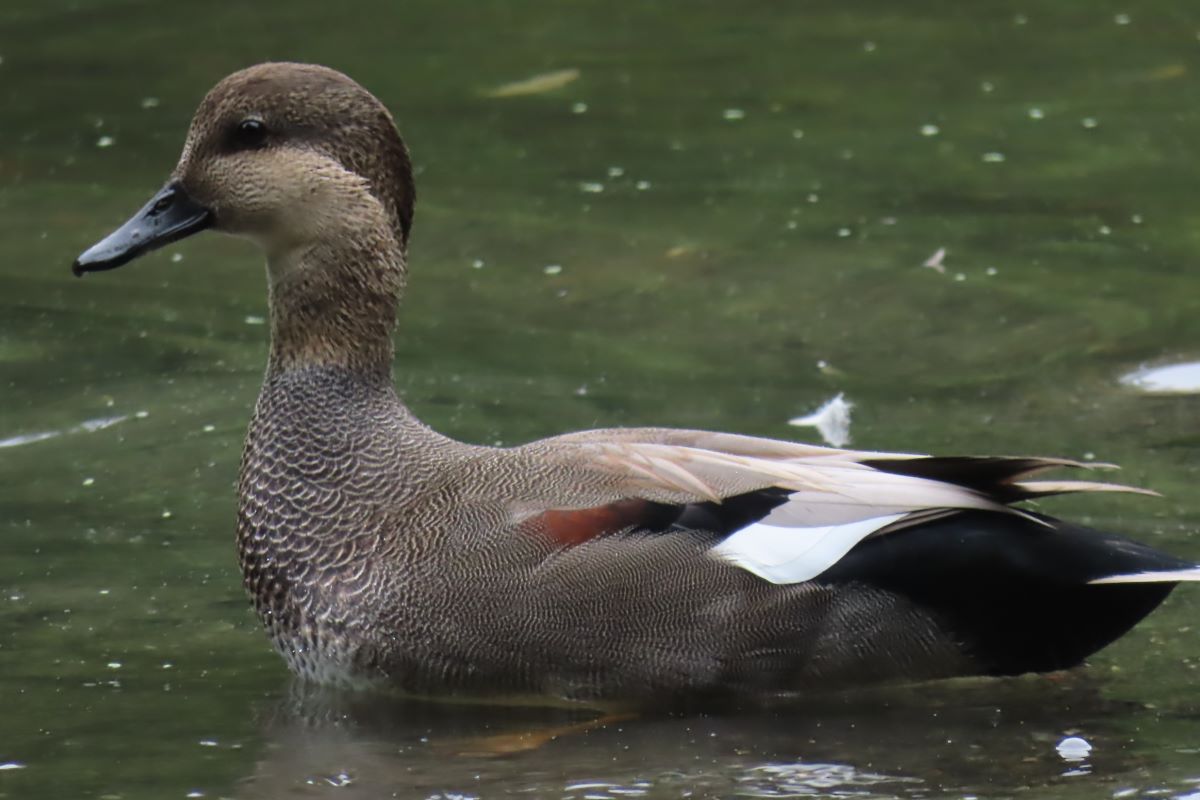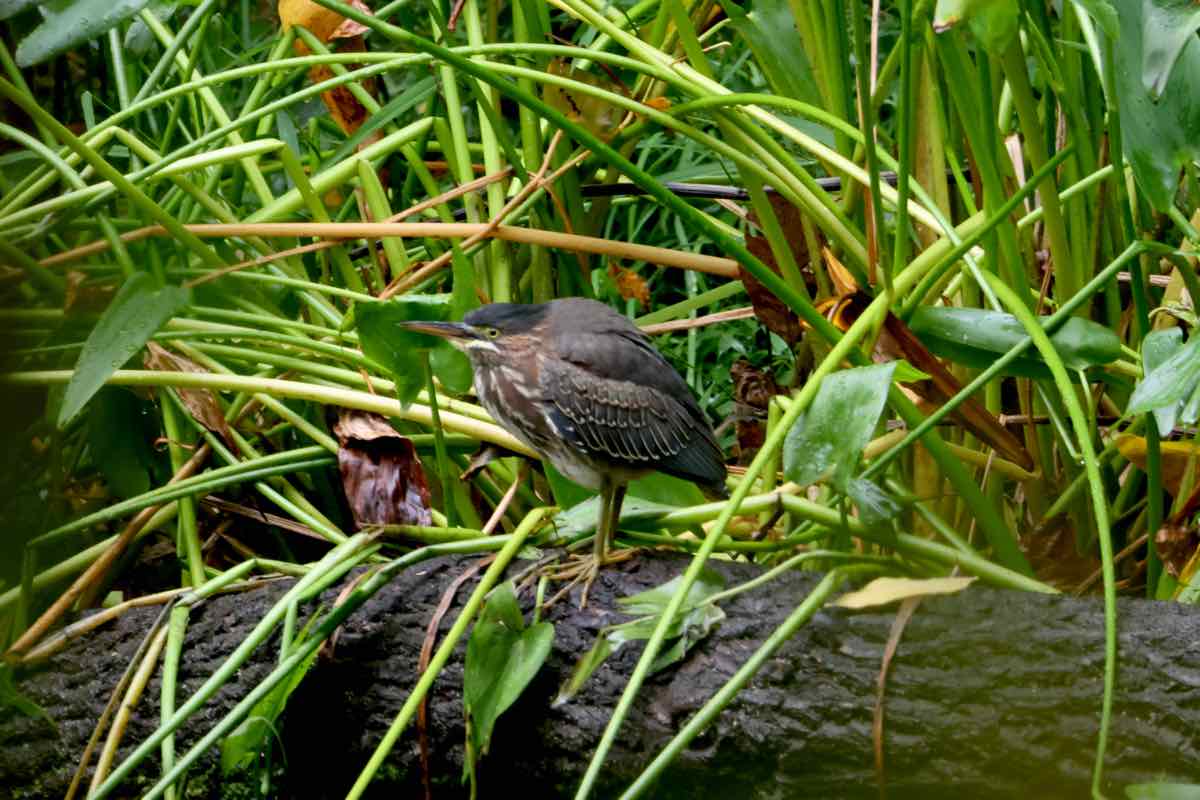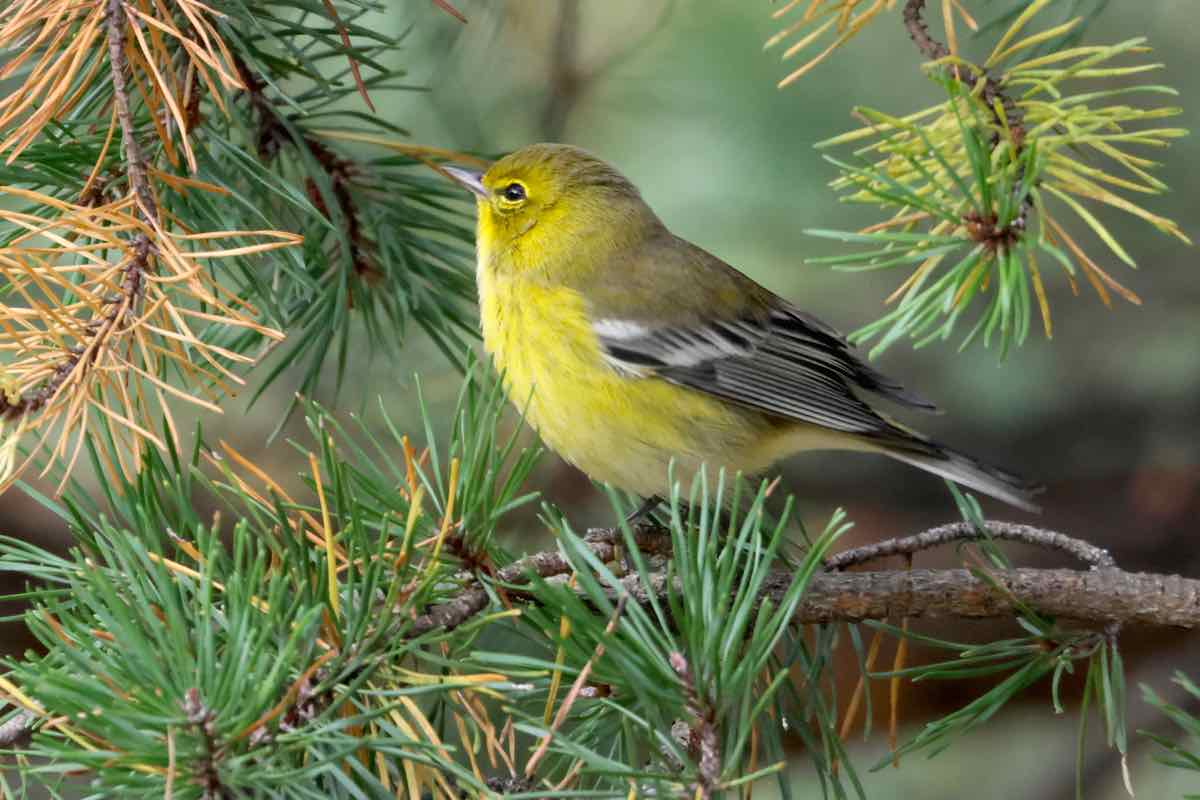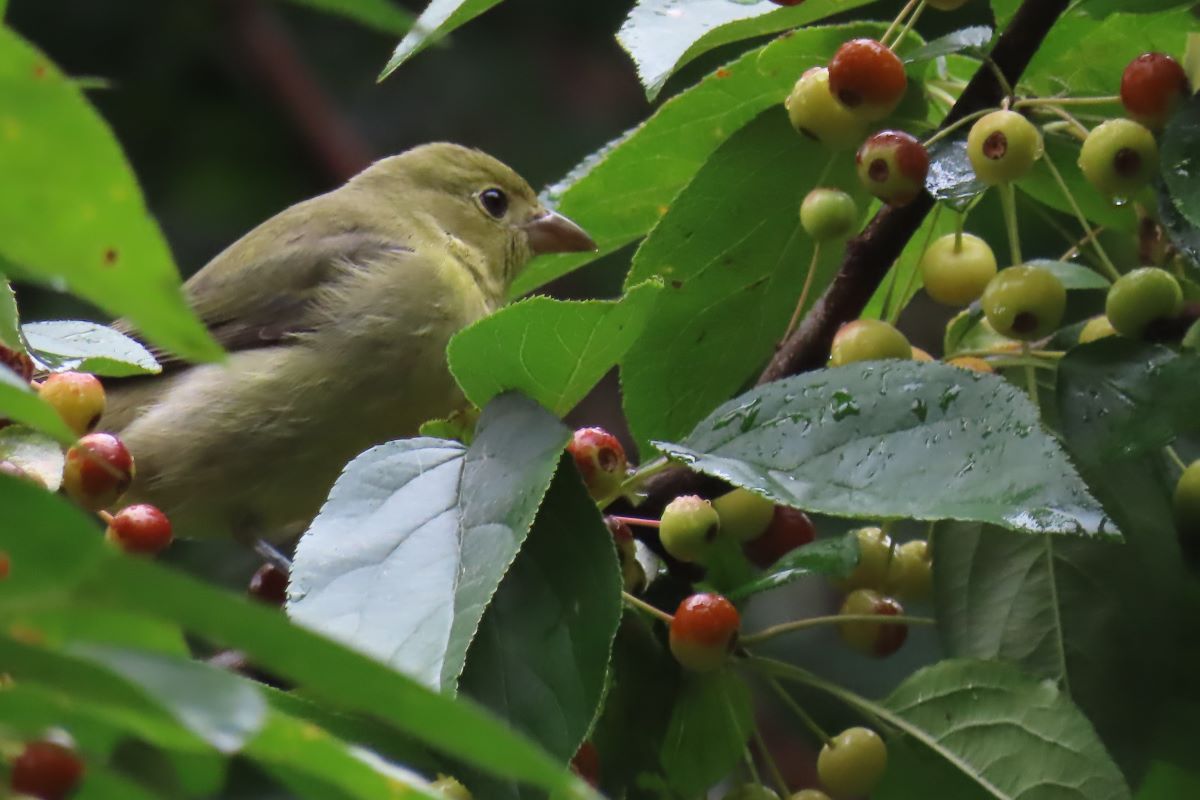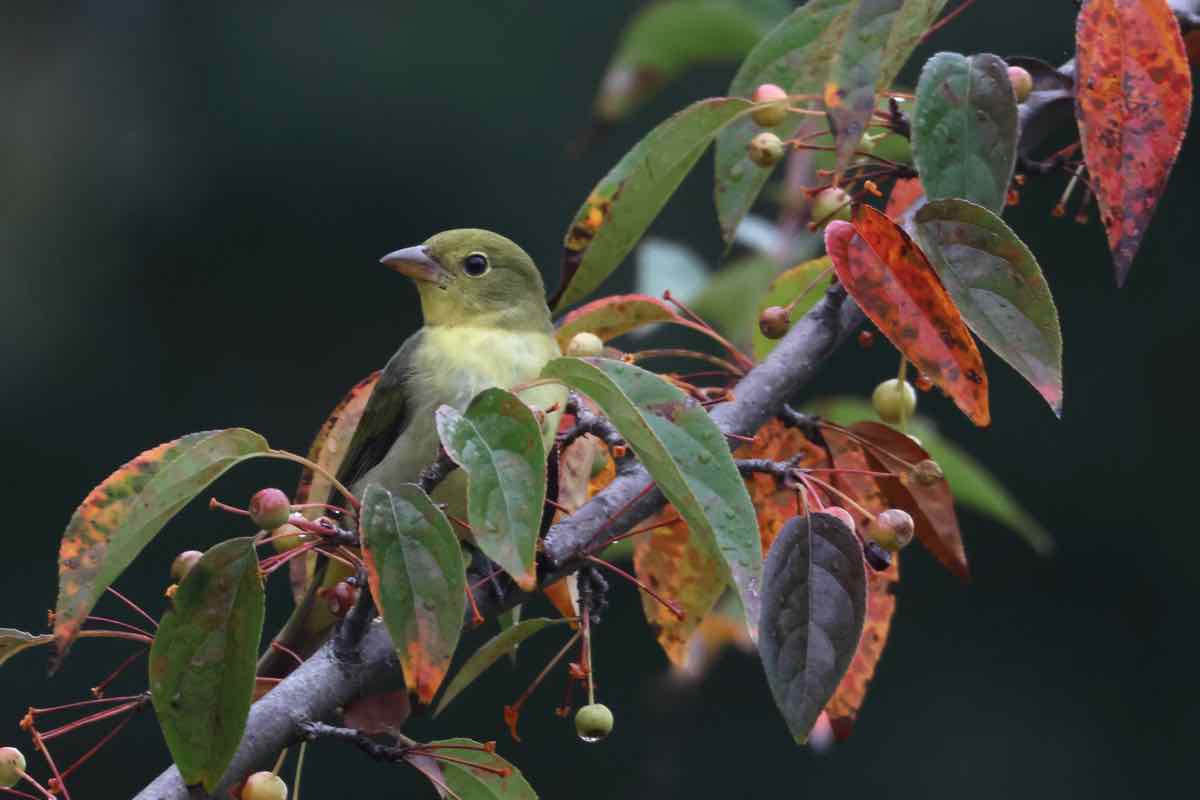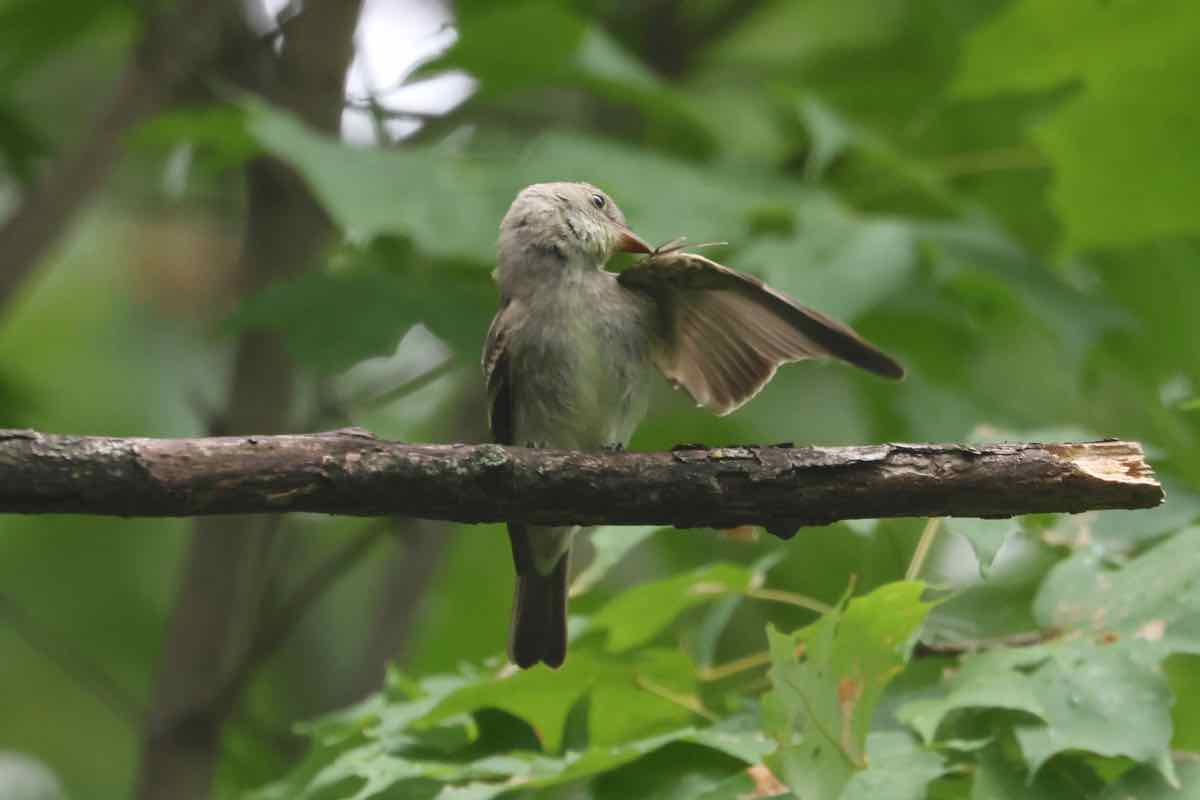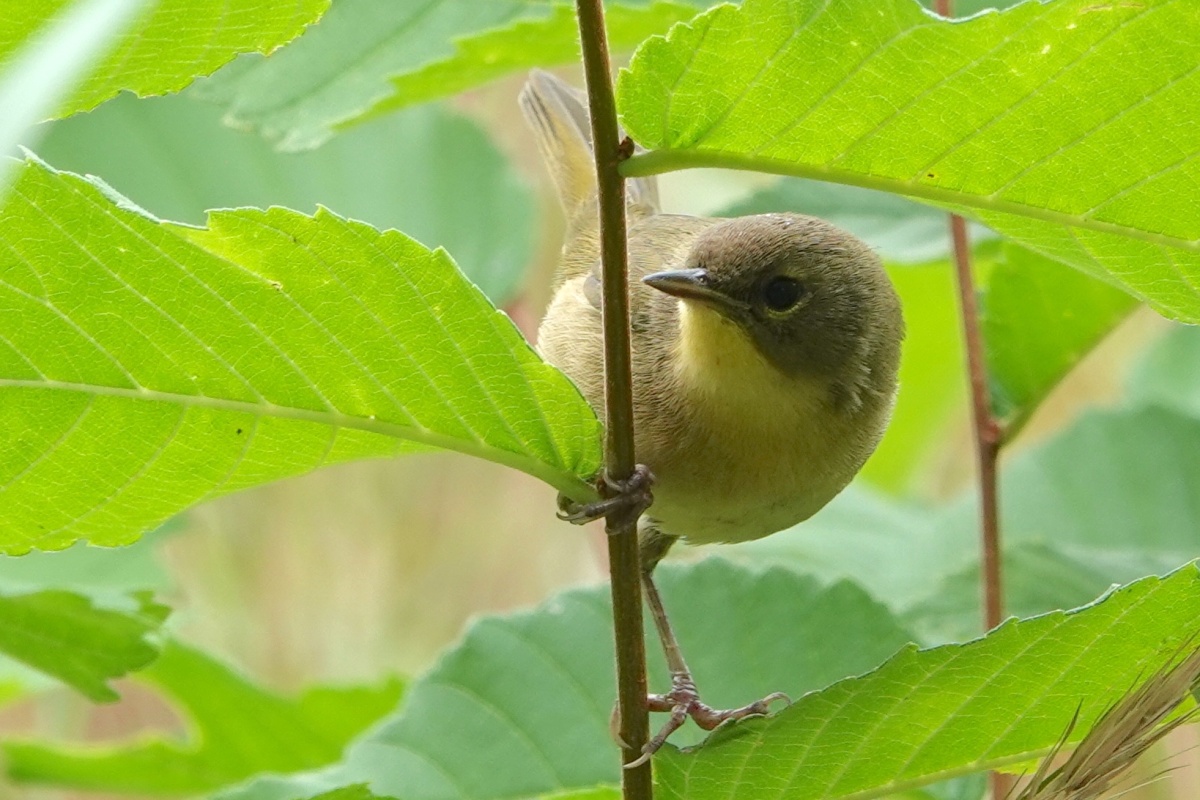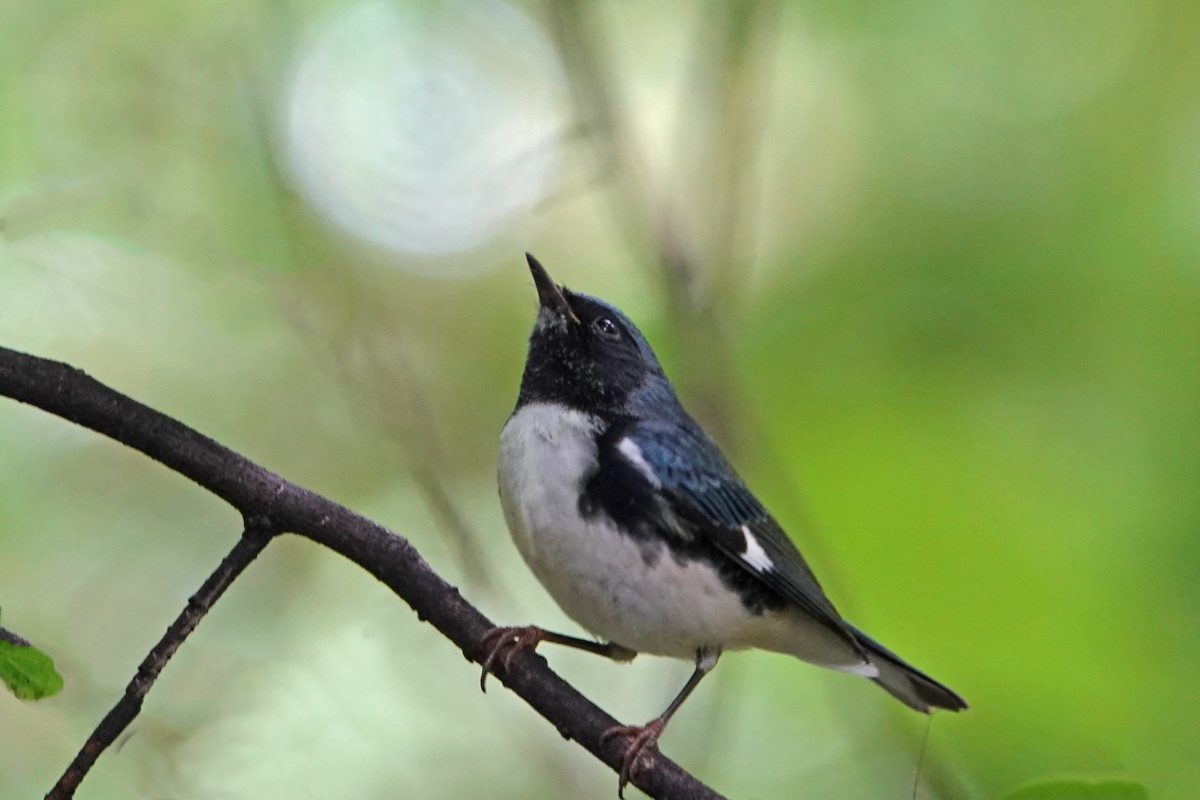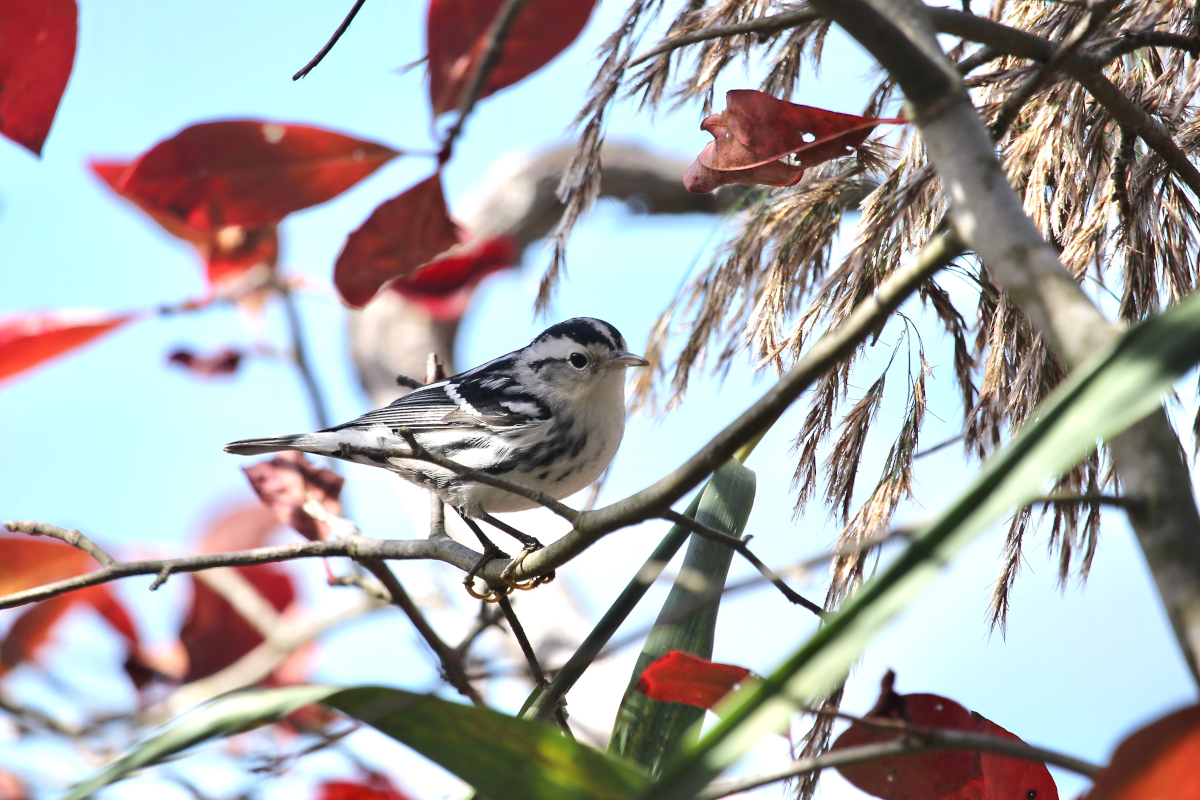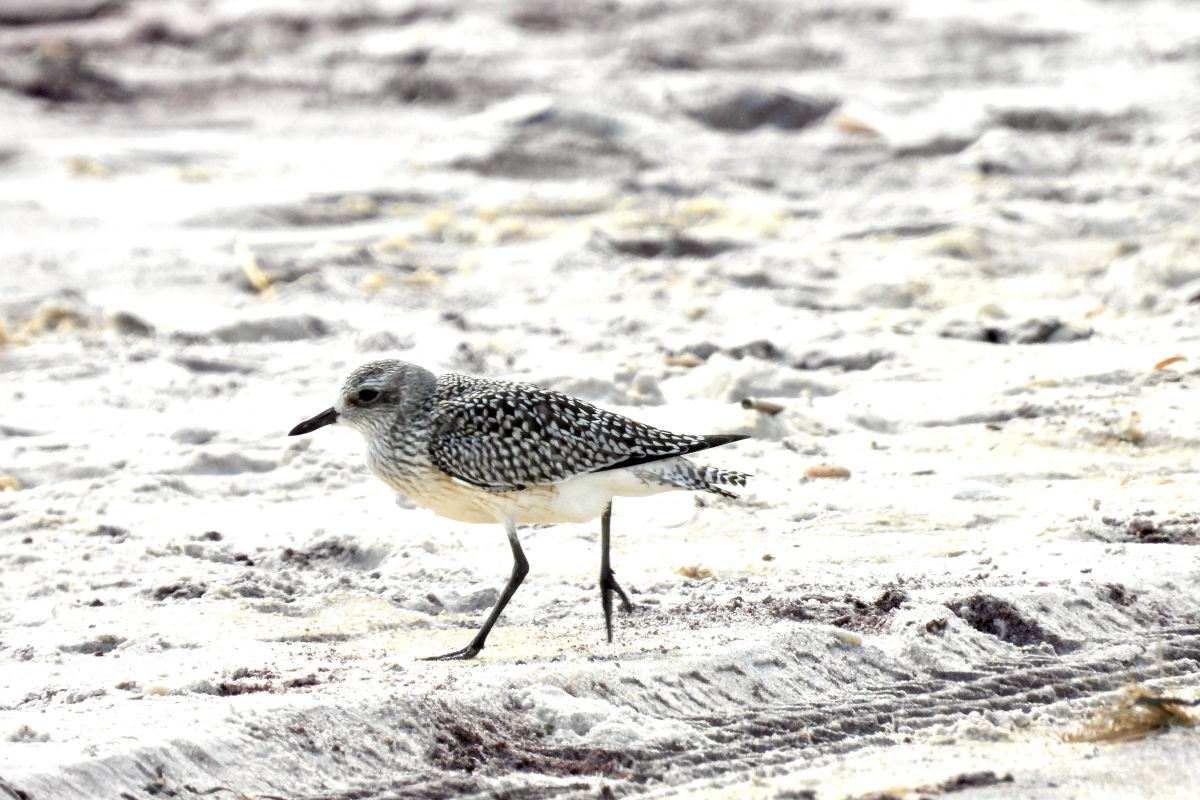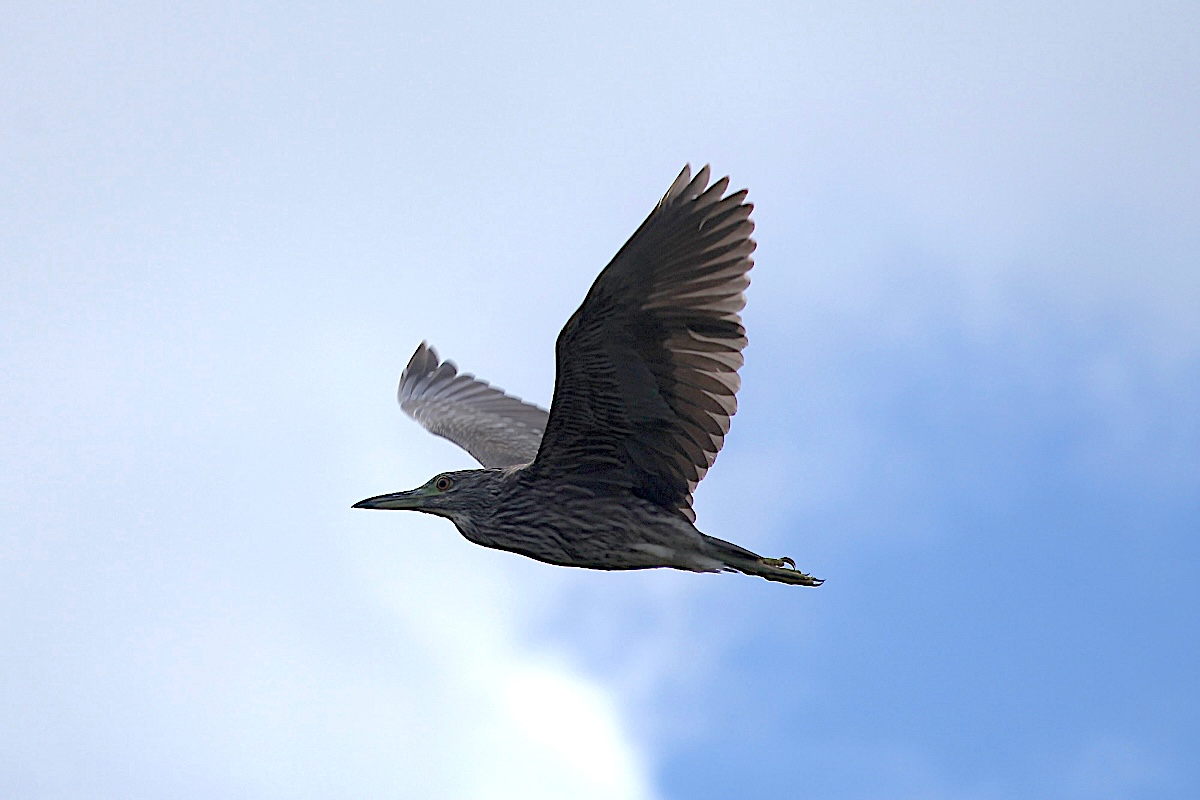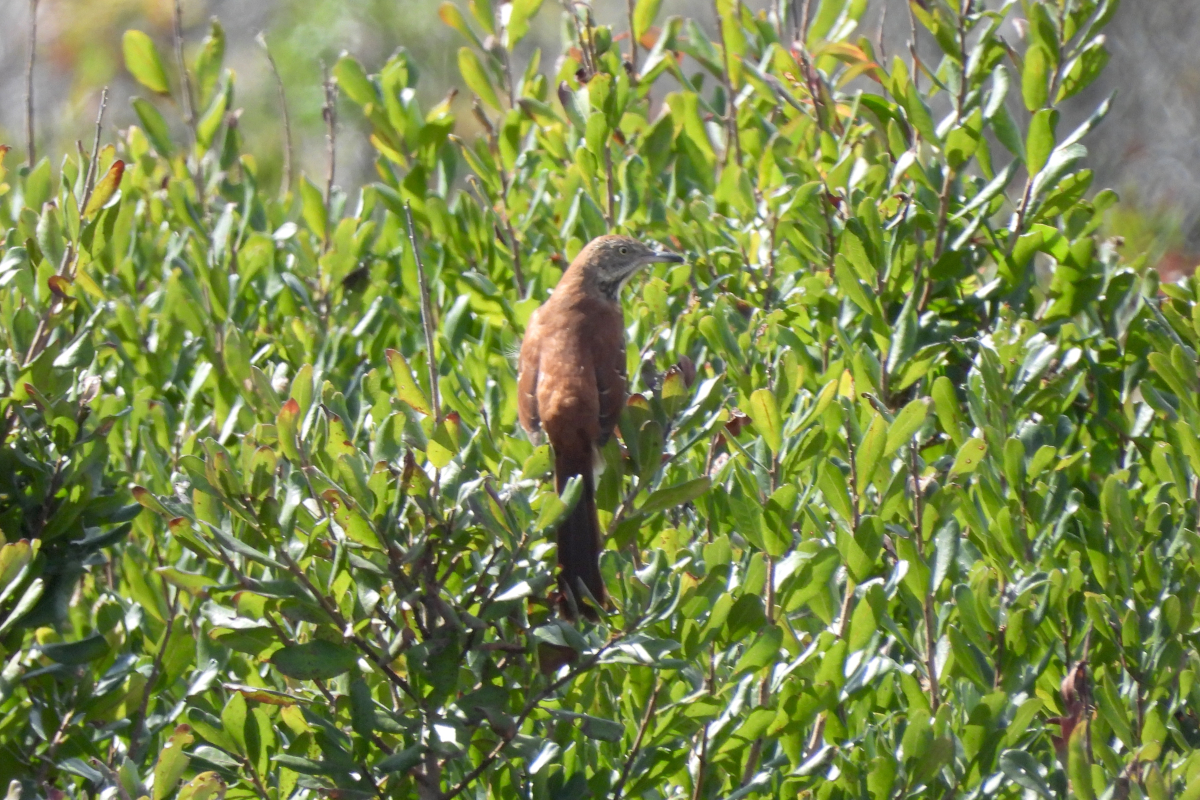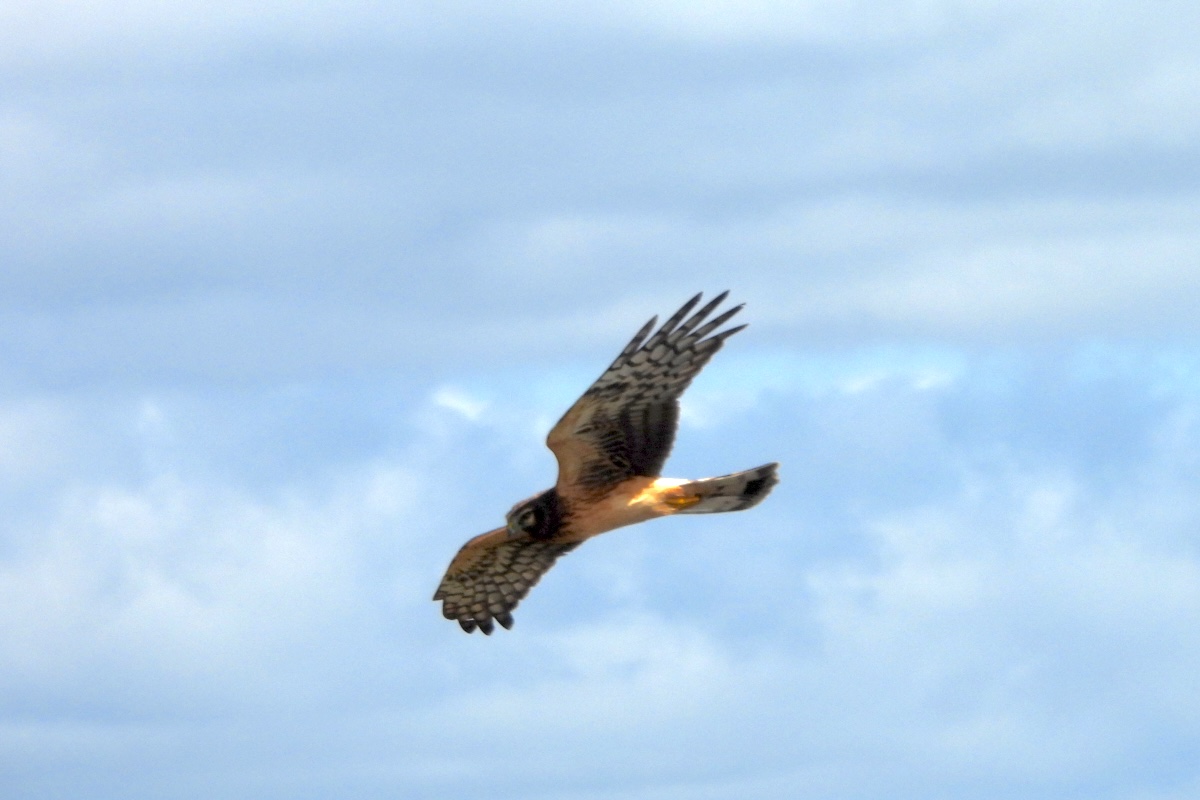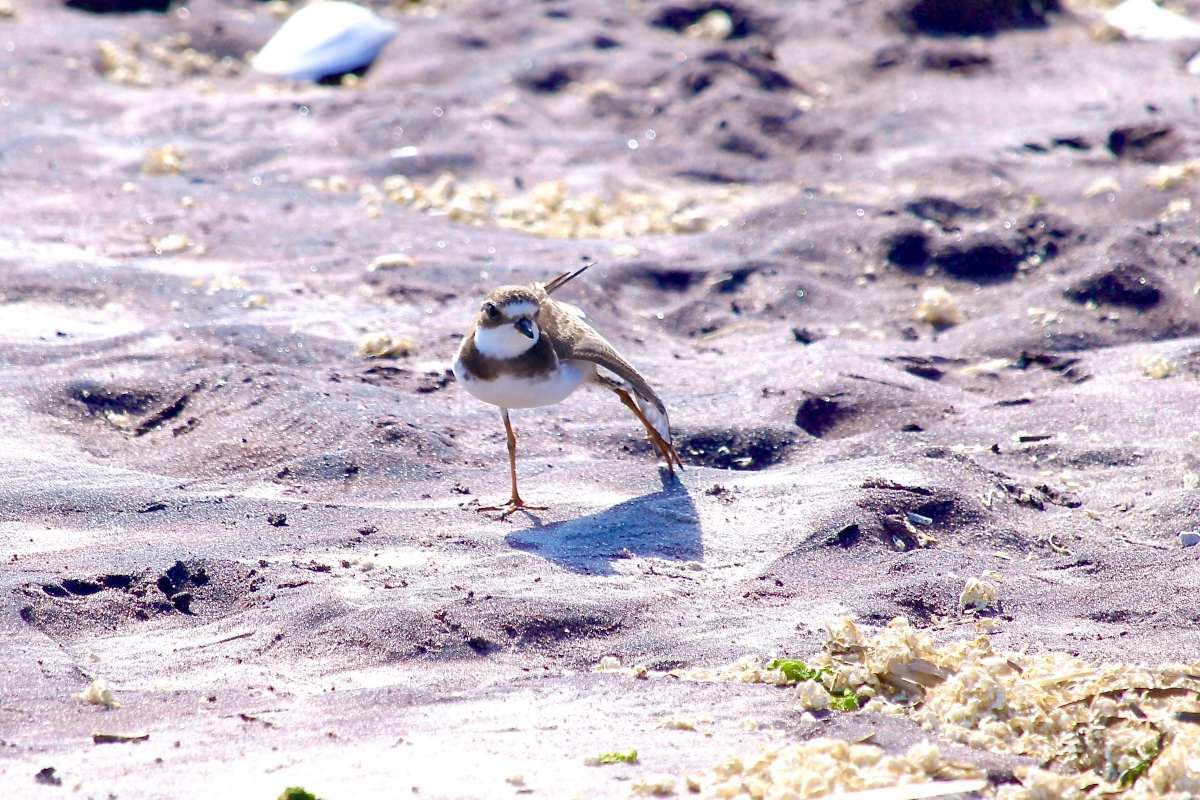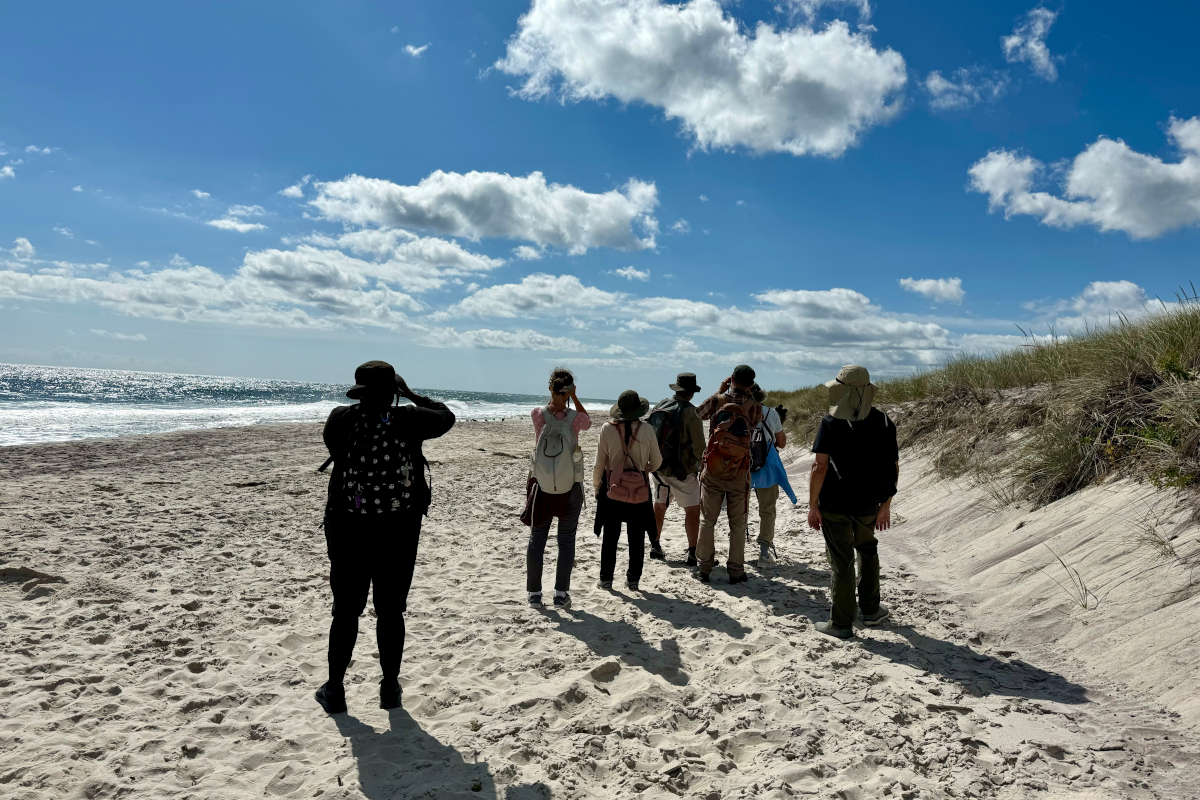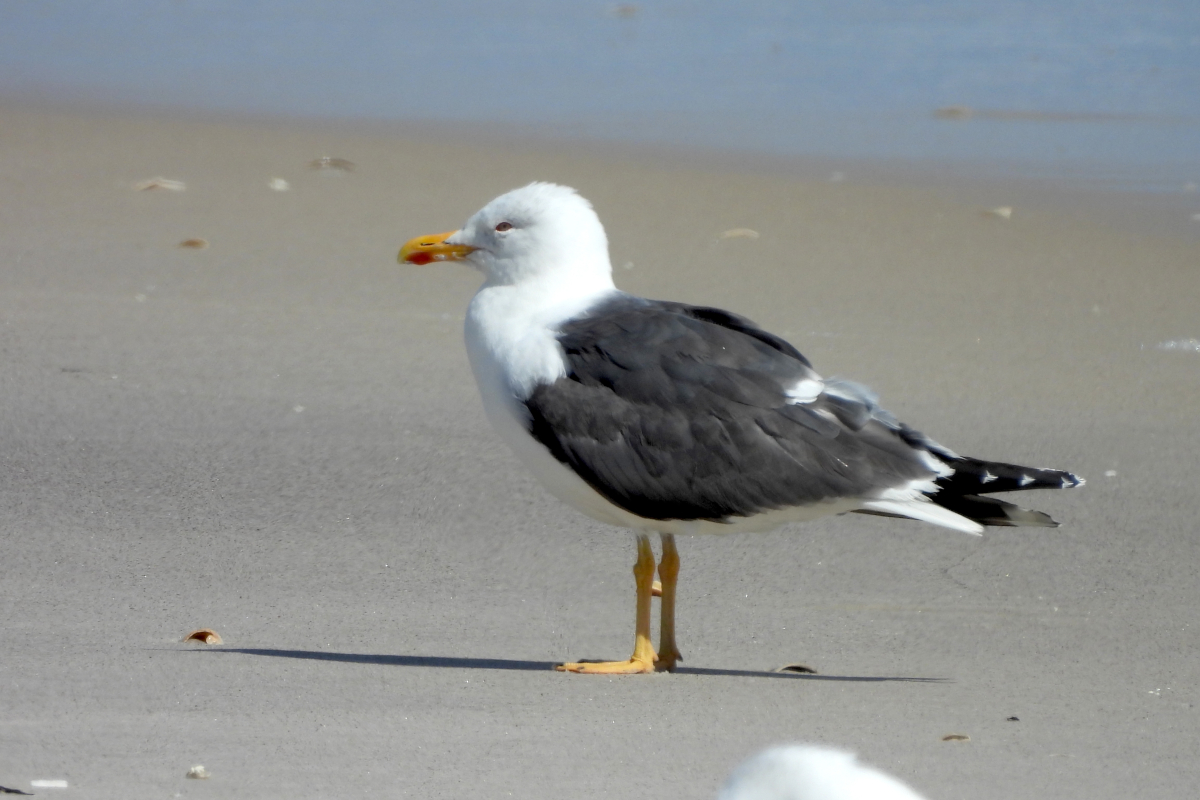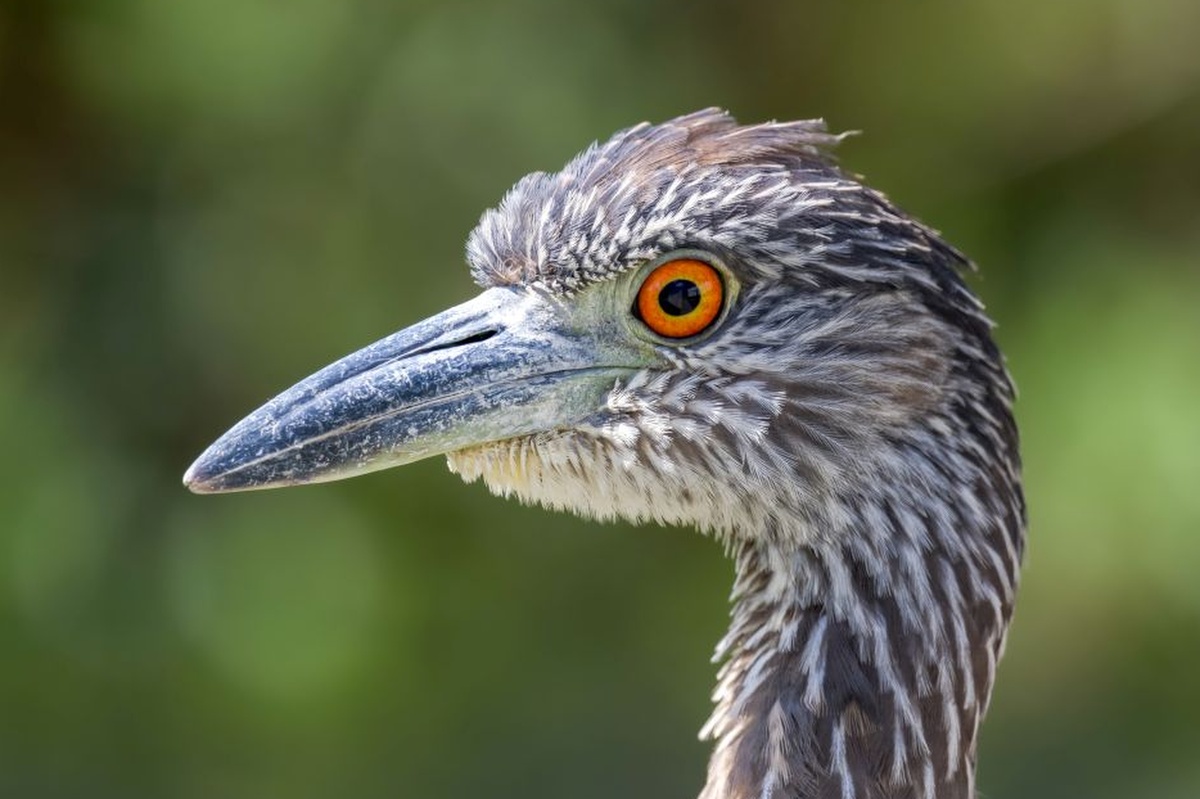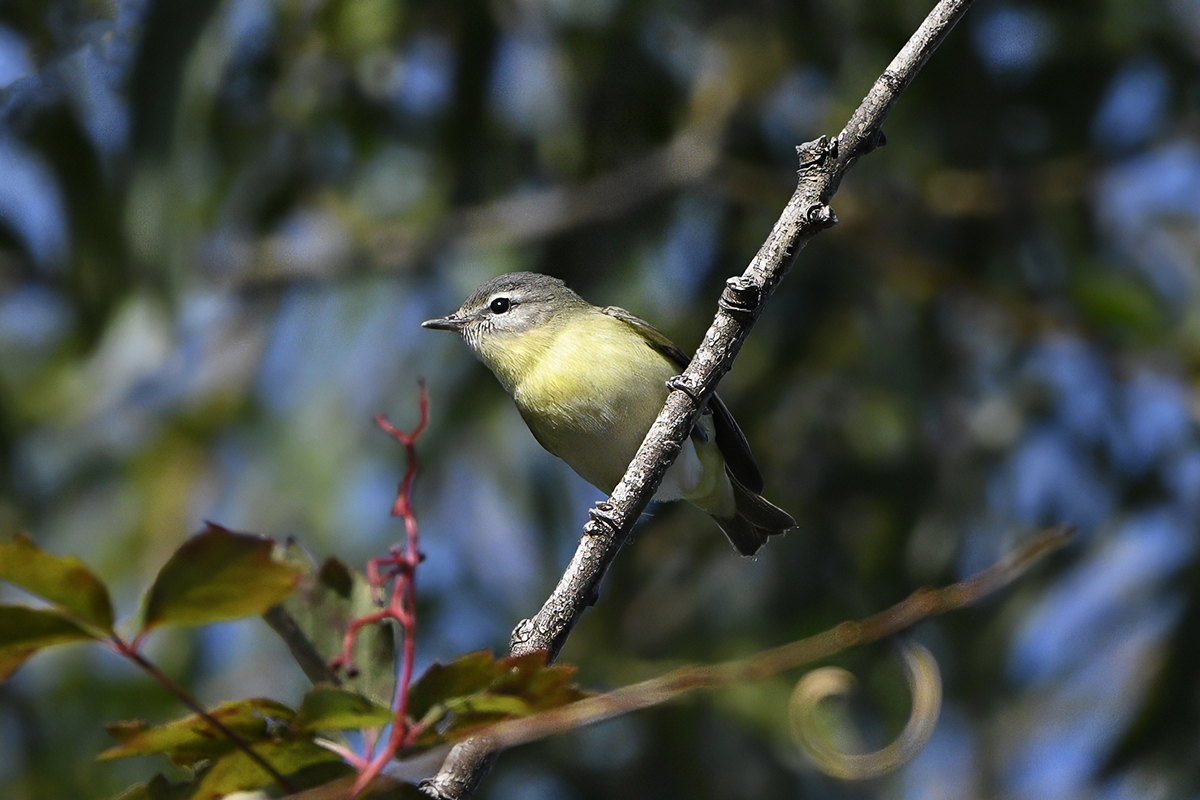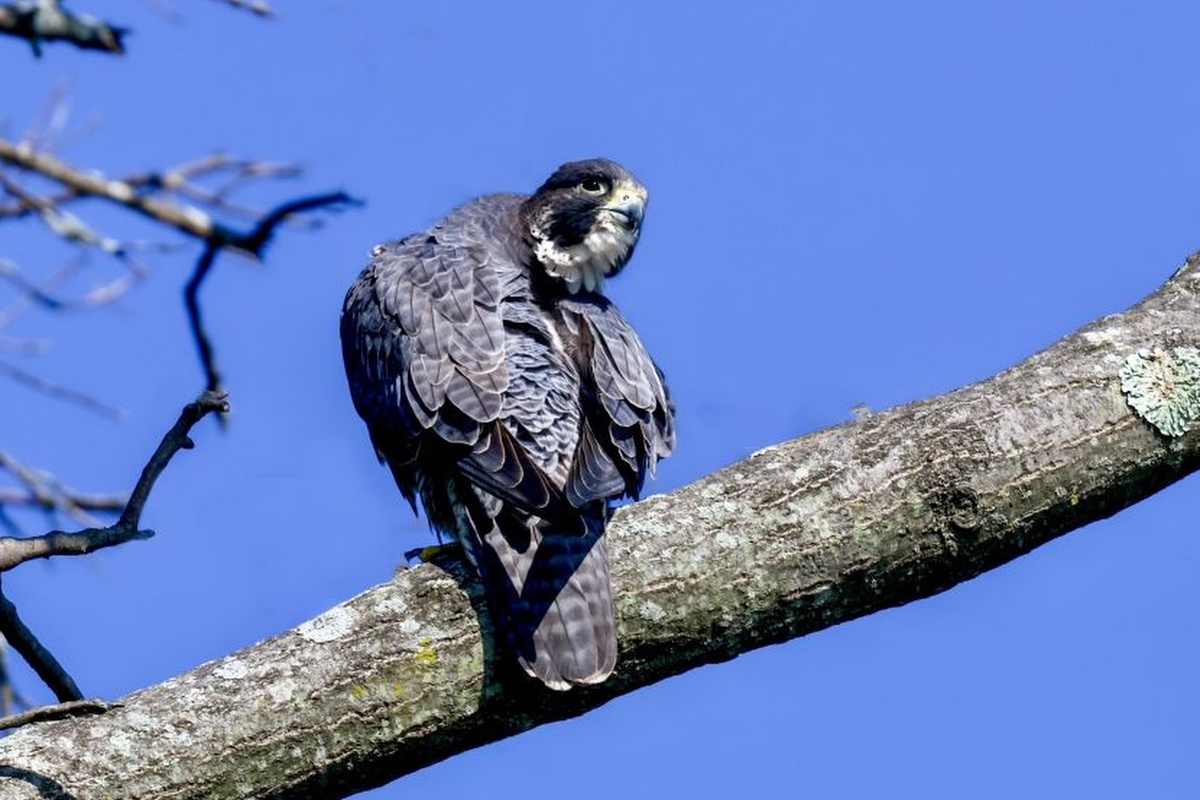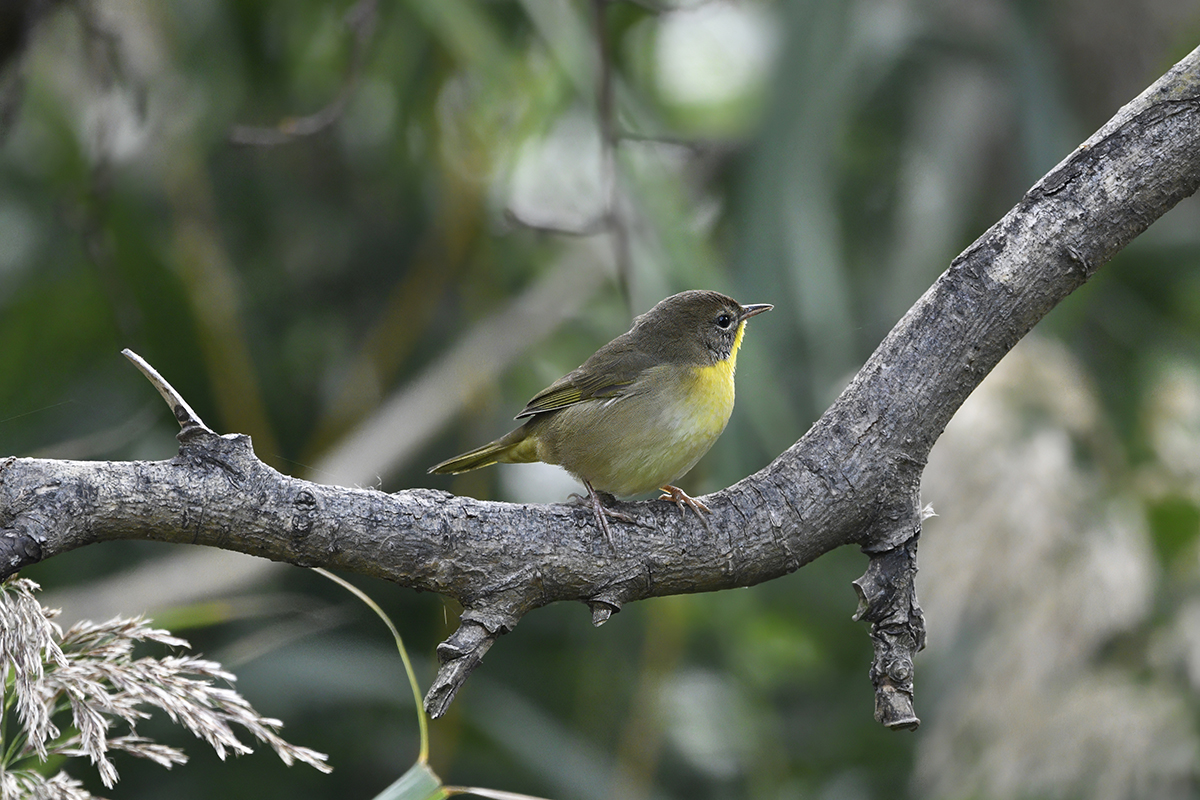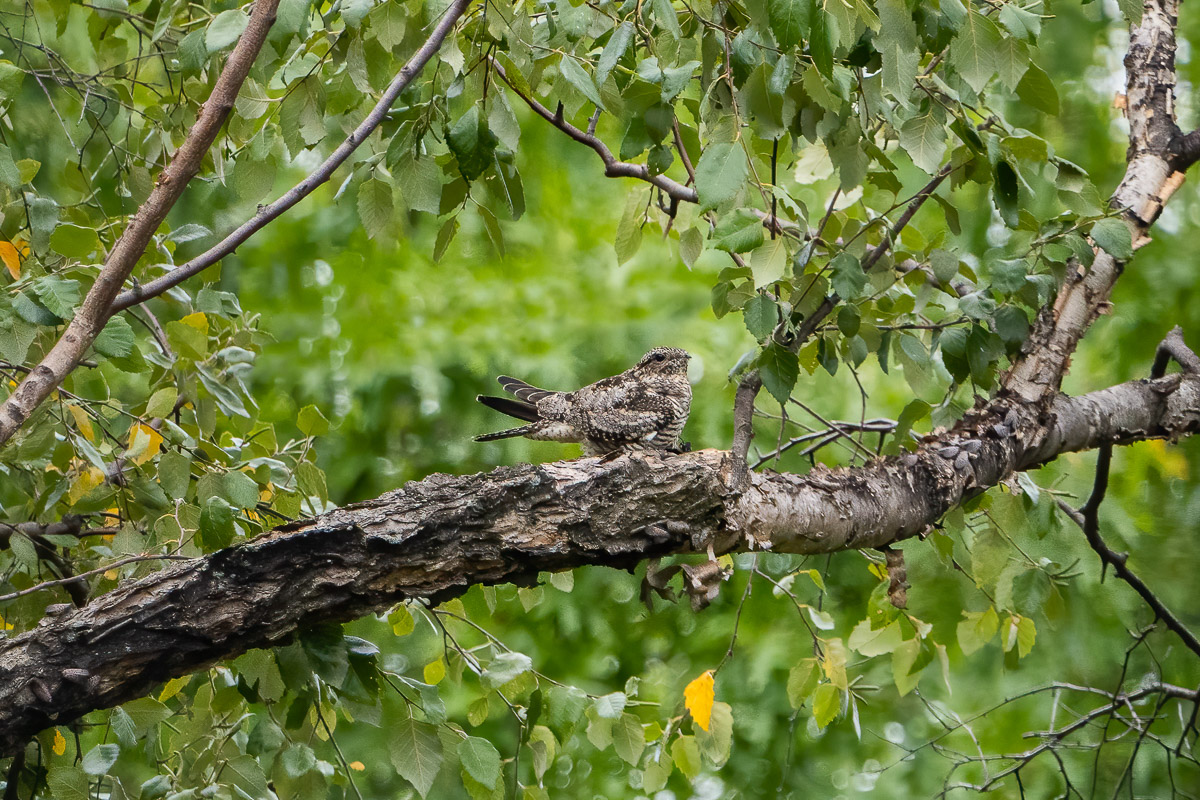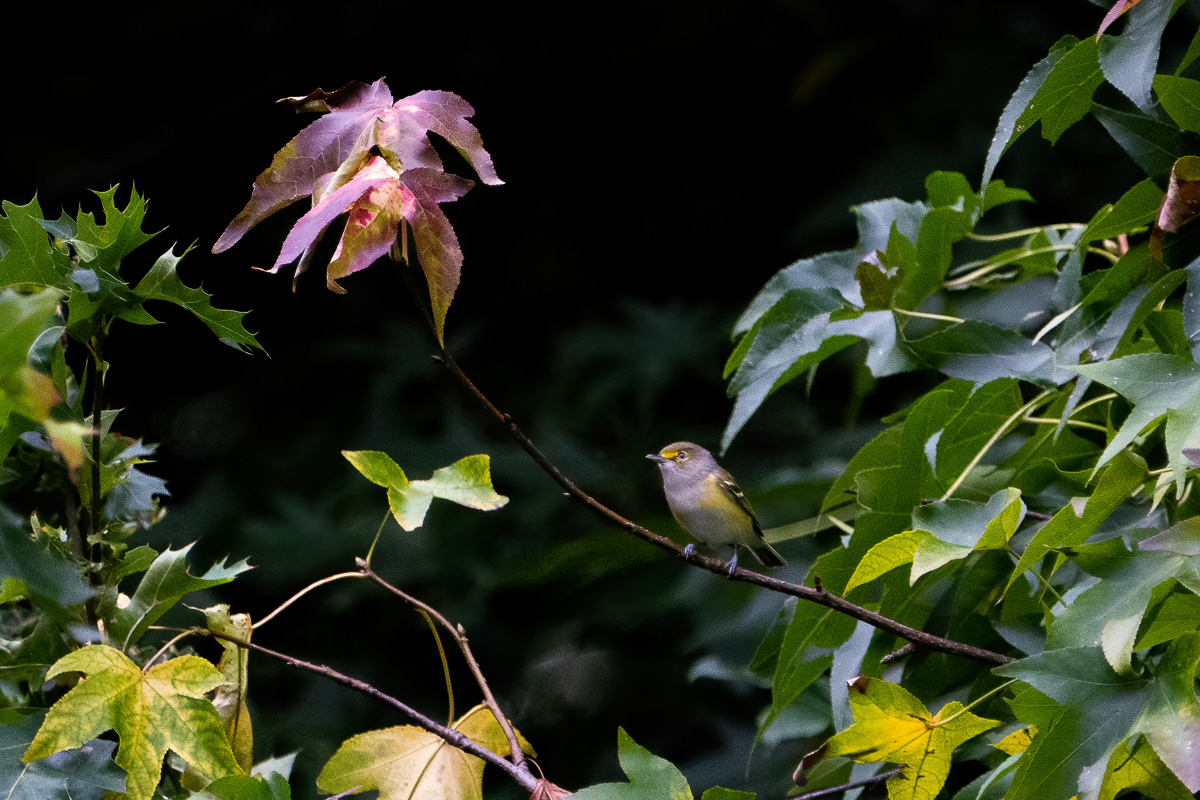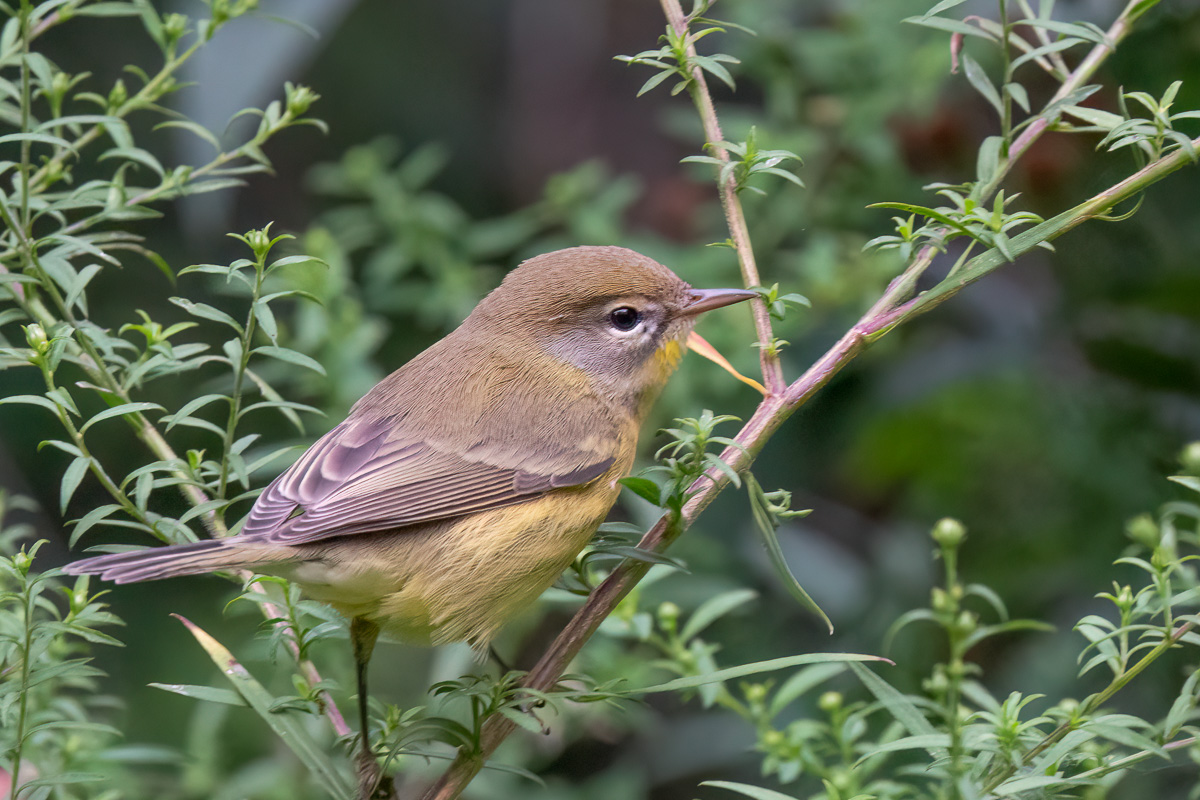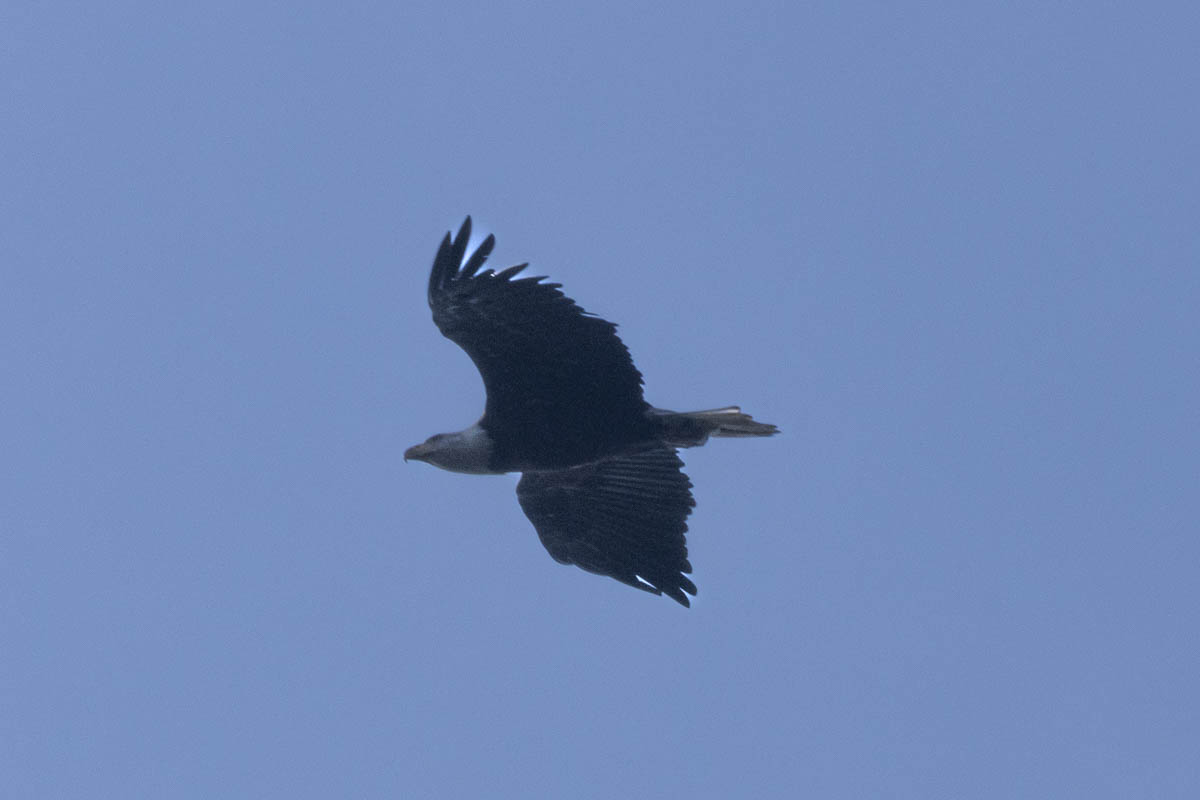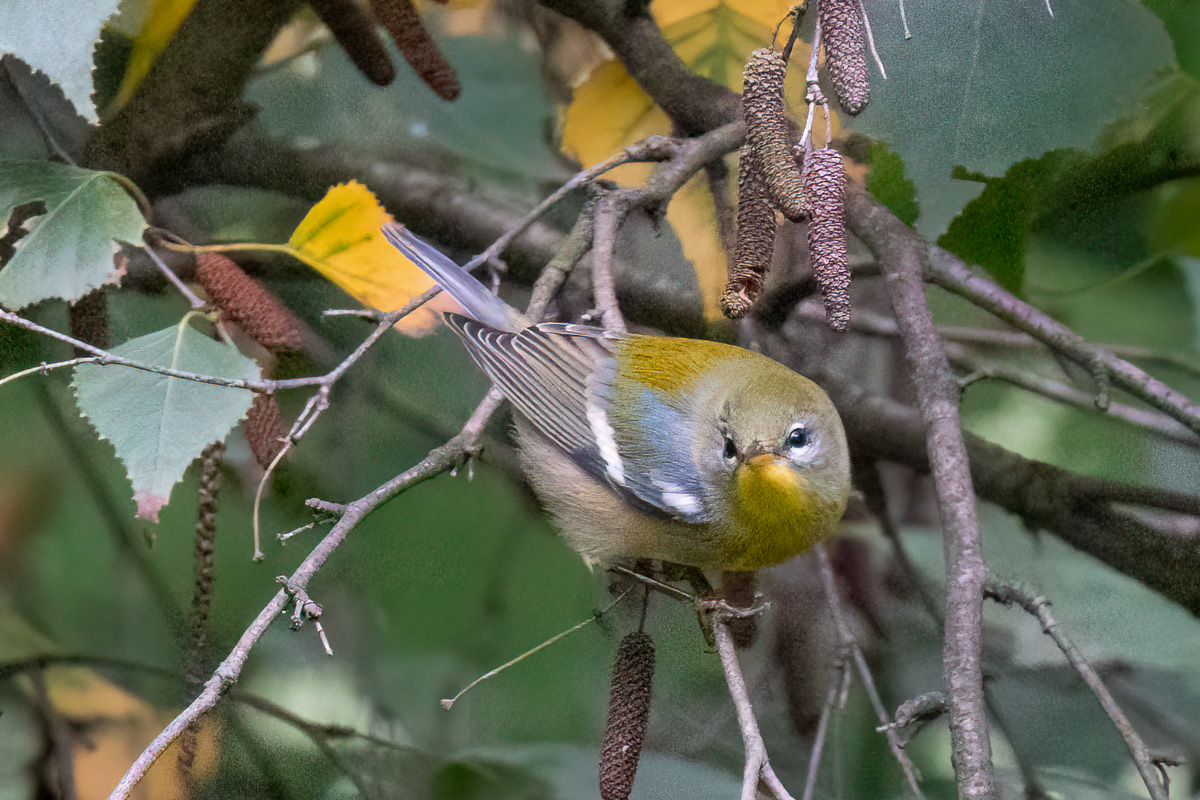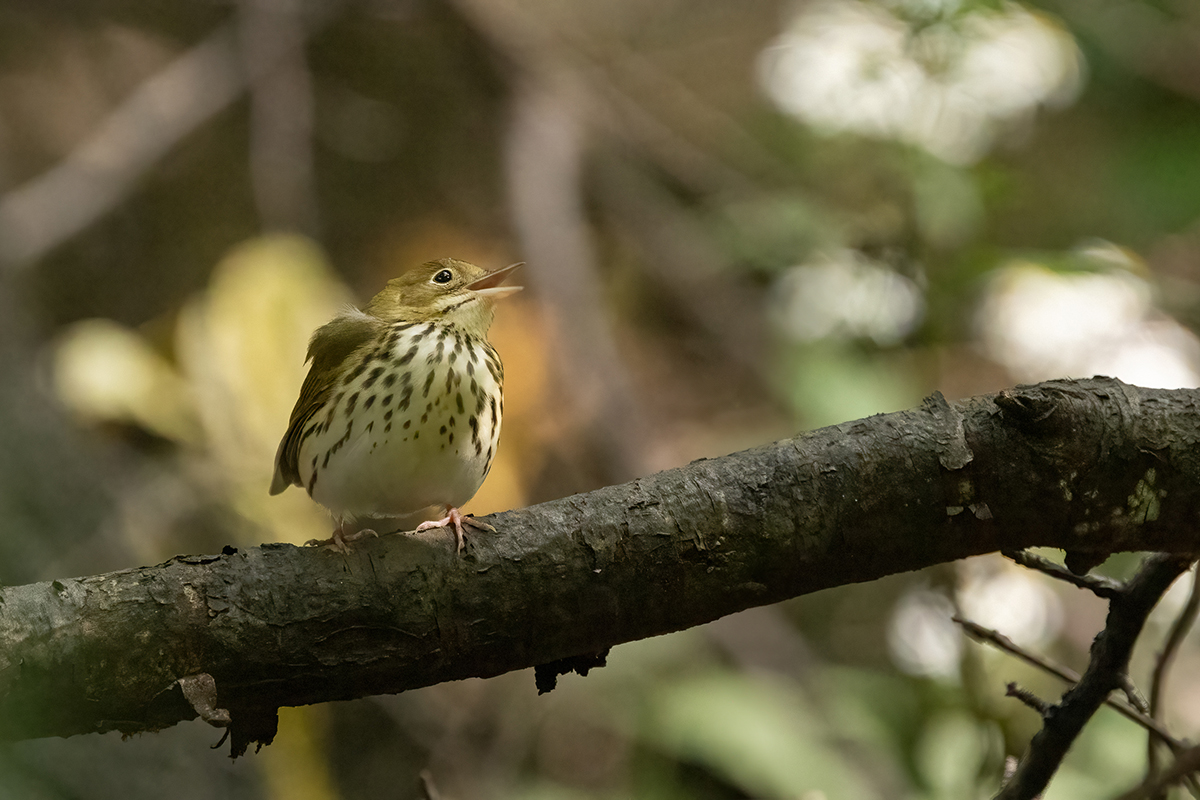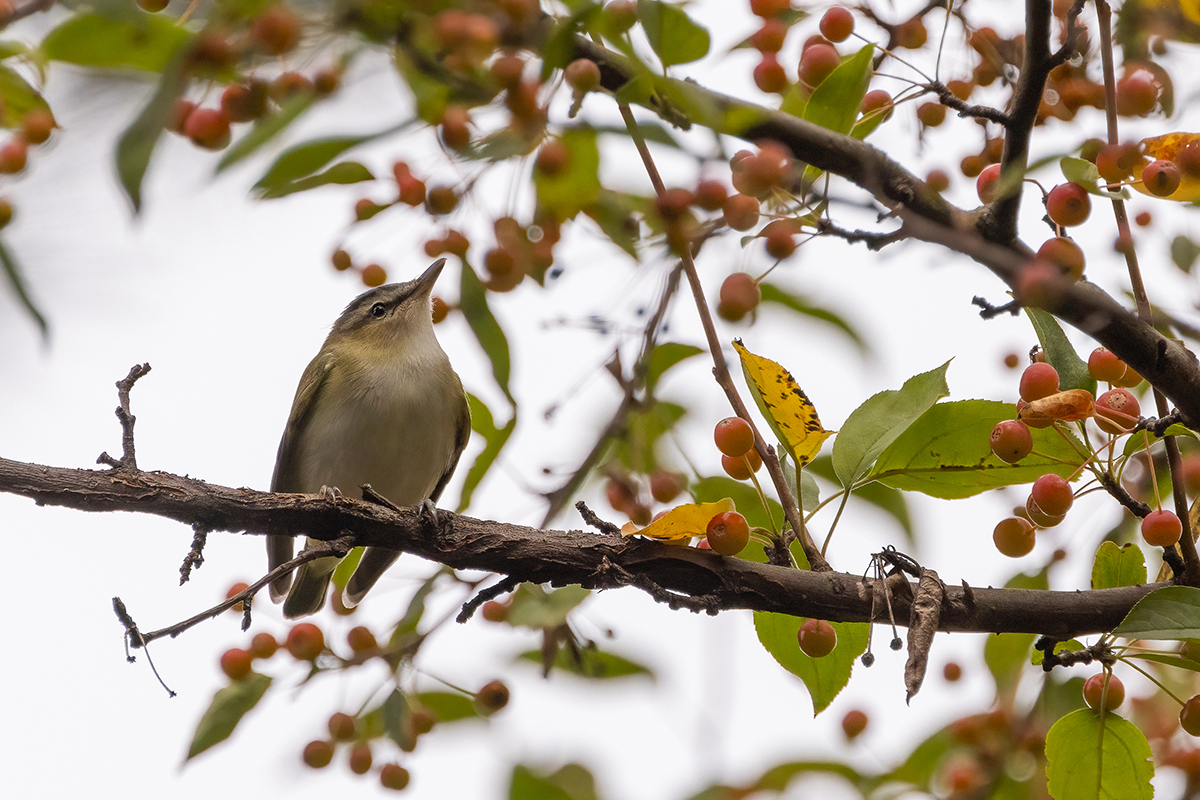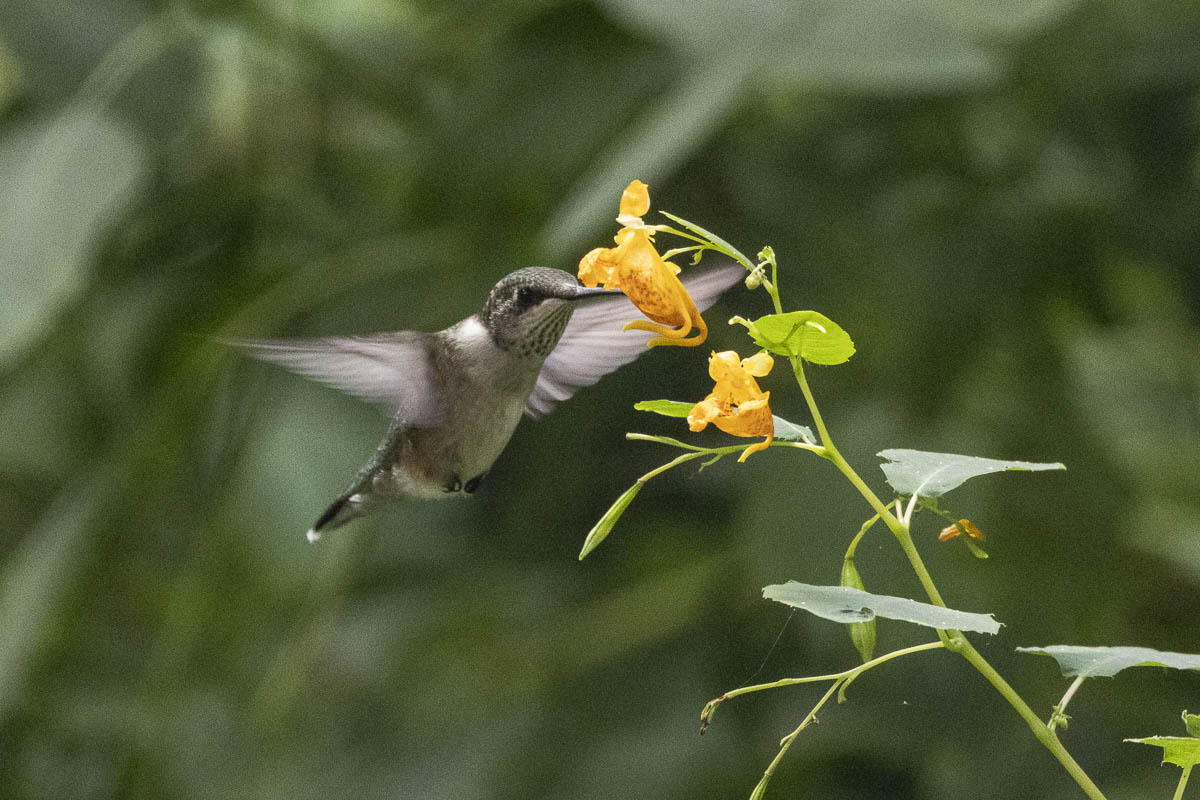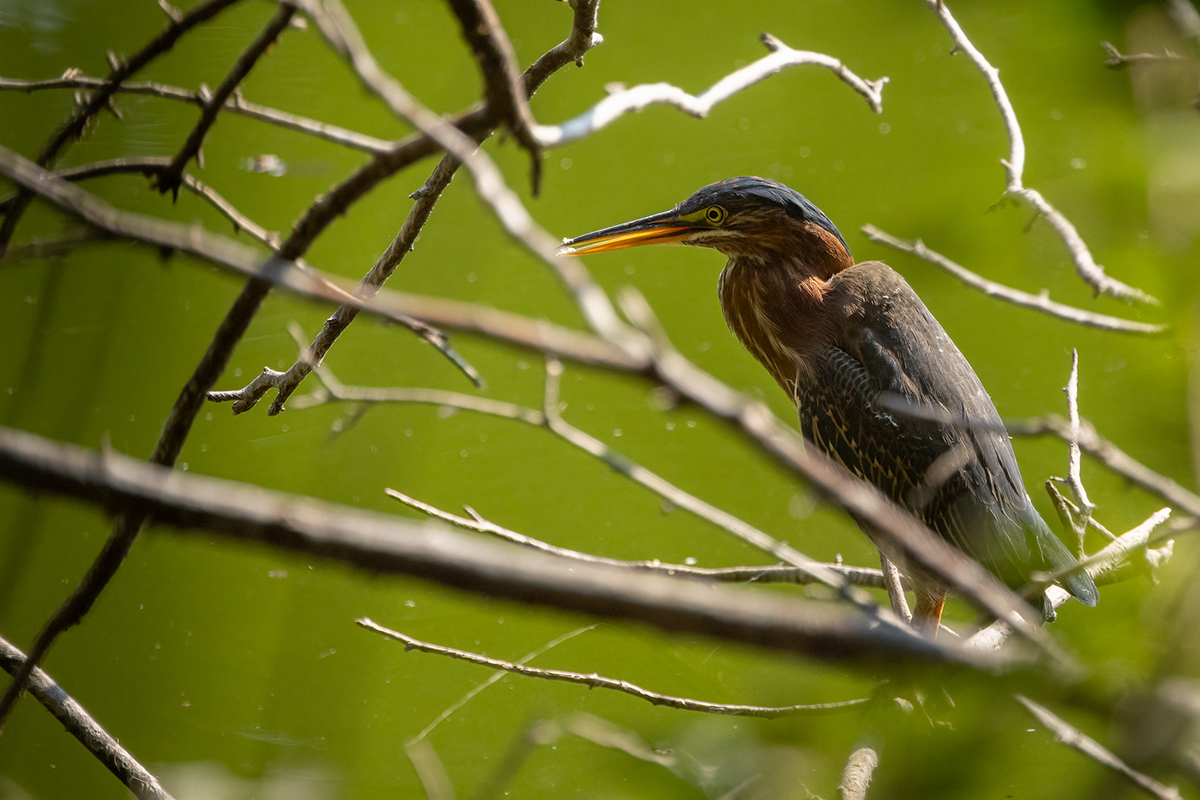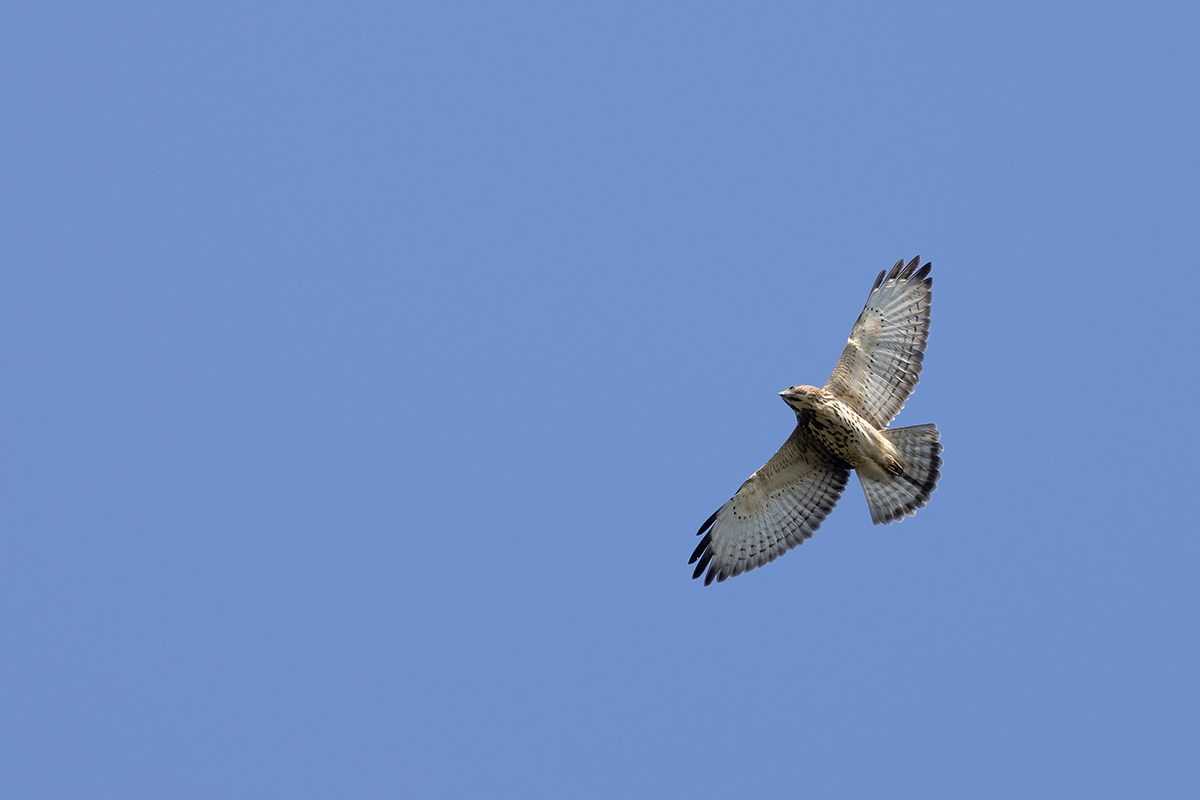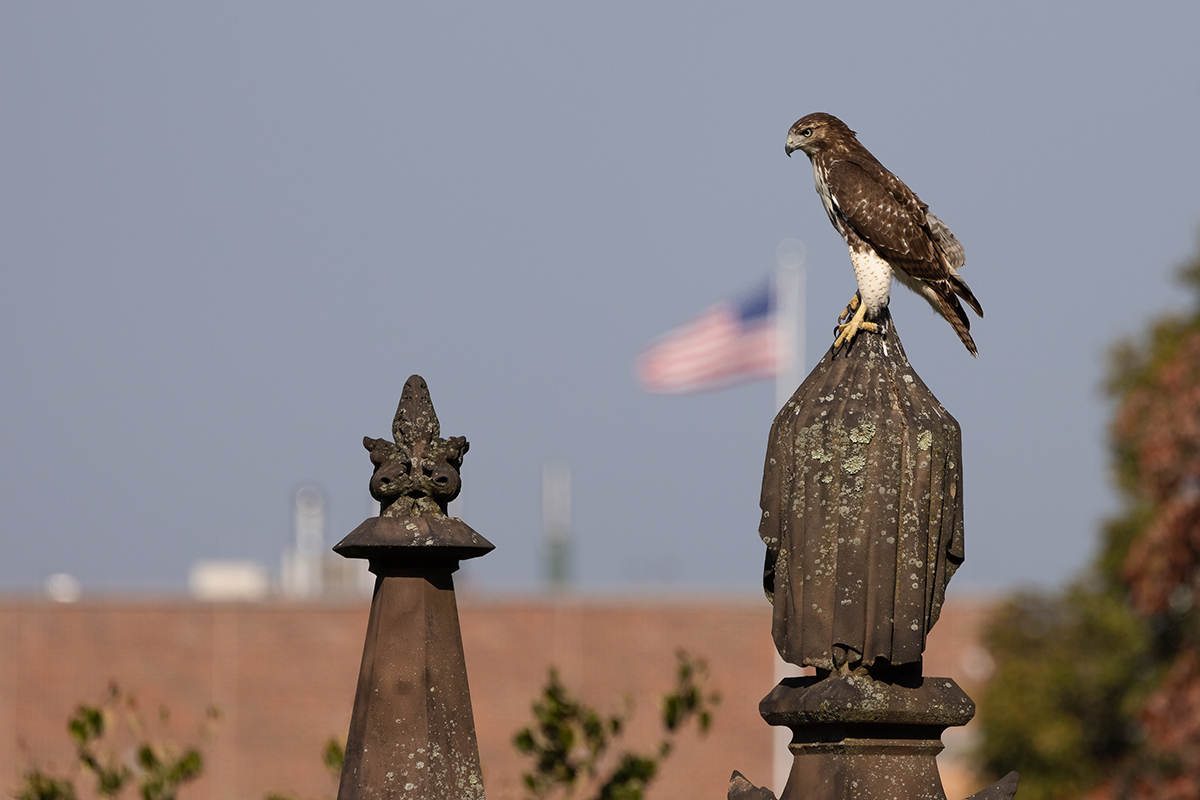Sandy Hook with Jason Denesevich, 9/29/2024
Registrar: Matthew Fischer
Participants : 13
Weather: Light rain; temperature 62°F; gentle E breeze; humidity: 94-95%
Bird Species: 68
After a three-year absence, Sandy Hook returned to the Linnaean field trip schedule with highly esteemed professional New Jersey guide Jason Denesevich. While the light rain may not have made for ideal conditions, it did allow us to have the park largely to ourselves, and it did not keep the birds away.
We started off at Plum Island, where we were treated to an enormous flock of over 500 Tree Swallows sitting on the telephone wires. Jason pointed out an adult and a juvenile Lesser Black-backed Gull sitting on the beach across the street.
After driving to Guardian Park, we walked down to Horseshoe Cove and back. The huge numbers of Eastern Towhees led us to call this event Towhee-palooza. We also saw multiple warblers, including a Cape May and a Black-throated Blue, a very cooperative Red-eyed Vireo who posed for us, a White-eyed Vireo, a Red-breasted Nuthatch, a Brown Thrasher, and a flock of Cedar Waxwings. At Horseshoe Cove we had a Marsh Wren, a Belted Kingfisher, a Merlin, and Semipalmated Plovers, which we checked for the possibility of European vagrants.
After lunch in Guardian Park, we continued to False Hook, where we had incredible views of an American Golden Plover. We also saw a Greater Yellowlegs fly overhead, enormous flocks of Sanderlings, a pair of huge Caspian Terns, an American Kestrel, a late Blue-gray Gnatcatcher, and some Field Sparrows. We had the wonderful experience of watching a juvenile American Herring Gull repeatedly dropping a tennis ball, perhaps mistaking it for shellfish.
Our last stop was at Spermaceti Cove, where we saw over a hundred Royal Terns on a sandbar. Despite the weather conditions, everyone had an incredible time.
Species List
Canada Goose
Mallard
Mourning Dove
Ruby-throated Hummingbird
American Oystercatcher
Black-bellied Plover
American Golden-Plover
Semipalmated Plover
Greater Yellowlegs
Sanderling
Laughing Gull
Ring-billed Gull
American Herring Gull
Great Black-backed Gull
Lesser Black-backed Gull
Caspian Tern
Forster’s Tern
Royal Tern
Common Loon
Double-crested Cormorant
Great Egret
Osprey (American)
Belted Kingfisher
Red-bellied Woodpecker
Downy Woodpecker (Eastern)
Northern Flicker (Yellow-shafted)
American Kestrel
Merlin
Peregrine Falcon
Eastern Wood-Pewee
Eastern Phoebe
White-eyed Vireo
Red-eyed Vireo
Blue Jay
American/Fish Crow
Common Raven
Tree Swallow
Ruby-crowned Kinglet
Red-breasted Nuthatch
Blue-gray Gnatcatcher
Northern House Wren (Northern)
Marsh Wren
Carolina Wren (Northern)
European Starling
Gray Catbird
Brown Thrasher
Northern Mockingbird
American Robin
Cedar Waxwing
House Finch
American Goldfinch
Field Sparrow
White-throated Sparrow
Song Sparrow (melodia/atlantica)
Swamp Sparrow
Eastern Towhee
Baltimore Oriole
Red-winged Blackbird
Brown-headed Cowbird
Black-and-white Warbler
Common Yellowthroat
American Redstart
Cape May Warbler
Northern Parula
Blackpoll Warbler
Black-throated Blue Warbler
Pine Warbler
Yellow-rumped Warbler (Myrtle)
Northern Cardinal


